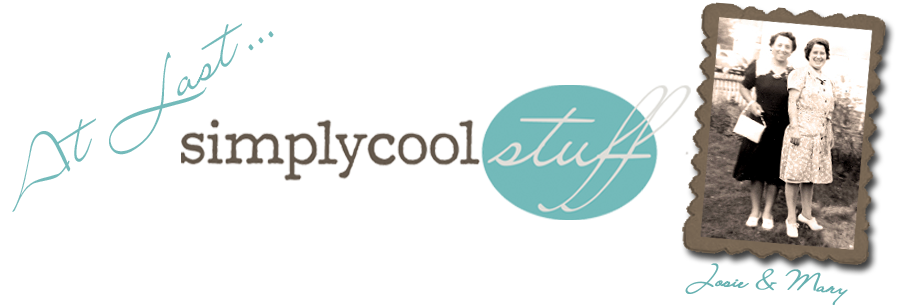

Limoges is a porcelain from the Limoges region of France. From the 1880's through WW I Limoges, France was prized for its kaolin clay and the quality of the product that particular clay produced. Kaolin is named after the Chinese region Kao-ling, where it was mined for Centuries. Samples of kaolin were sent to Europe by a French Jesuit Missionary somewhere during the 1700's. It is considered a soft past porcelain and it was mixed with bone ash to harden it into bone china. This type of china is not as translucent or hard as what is considered a 'true' china. Many manufacturers sold Limoges china and it was considered the premium brand for formal tableware. At the turn of the 20th Century, blank pieces of Limoges were sold and hand painted by amateur artists as a hobby. The French, English and Italians were all making soft past porcelain by the mid 1800's; Queen Victoria (1837-1901) along with industrialization and affluence popularized the elaborate dinner displays of wealth and luxury, utilizing countless pieces during endless courses.
In 1840, David Haviland opened a shop in New York and a factory in Limoges, France. His company, Haviland & Company, produced porcelain that was designed specifically for American export and taste. Limoges, France, was the center of the kaolin-based porcelain industry until 1906. Tastes and porcelain styles began to change with the trend toward hard paste porcelain production. In your search for Limoges china you will come to appreciate its delicacy and loveliness. It mixes beautifully with simple modern tableware and effects a truly elegant touch to a special dinner. Enjoy!




















No comments:
Post a Comment